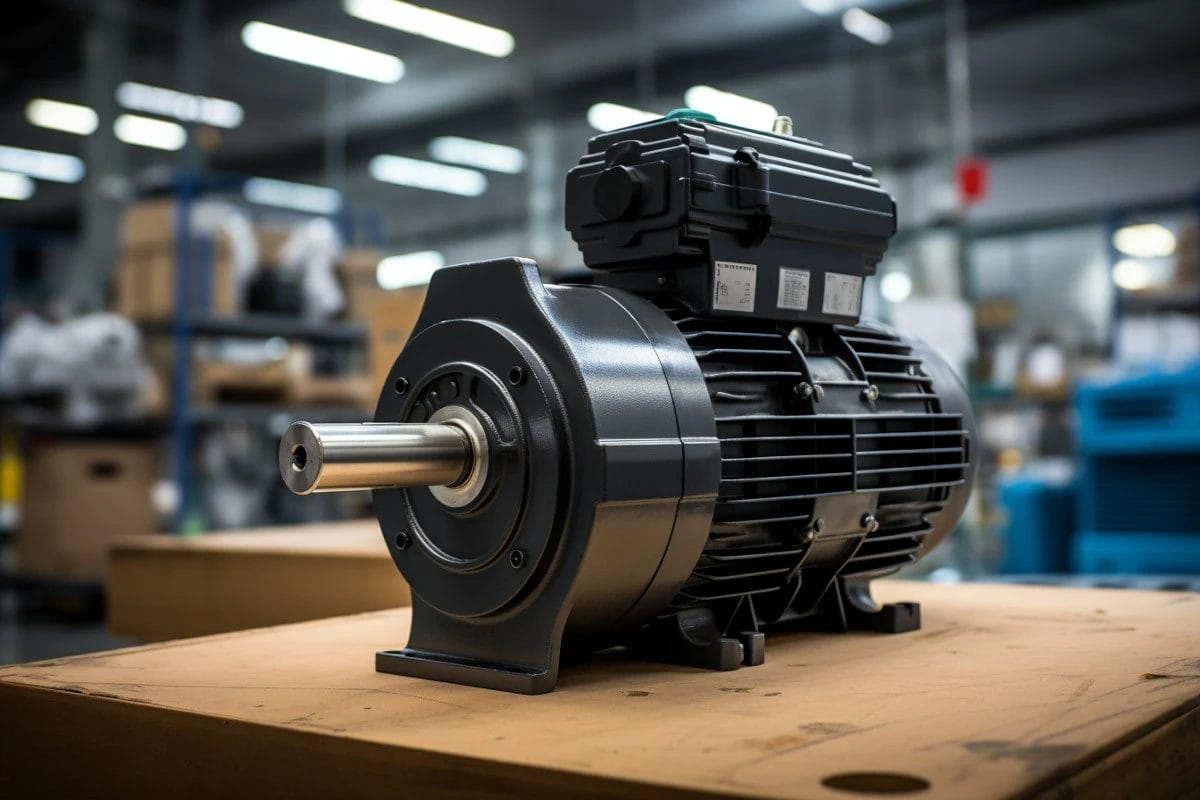



How to calculate effect for a 3-phase motor? Use our calculator to find the answer and read the article to understand the basics.
The formula for calculation of electric effect in an electric system is P = V x I.P is effect in Watt
V is voltage in Volt
I is current in Ampere
n is efficiency
To calculate watts (P), you must multiply volts (V) by amperes (I). For a 3-phase motor, you also need to divide by the square root of 3. The formula then looks like this: P = (V x I) x √3, but we also need to include the motor's efficiency (n) in the calculation.
No motor operates at 100% efficiency. For example, the motor heats up when it is running, and some of the energy is lost in the form of heat. There are also other factors, such as the way the motor is designed, that can cause efficiency to vary with speed and load. This means that more energy is supplied to the motor than it outputs as mechanical work. In short, the efficiency of an electric motor is the ratio between the supplied power and the output power. Efficiency (n) is given as a fraction or percentage, for example, 0.90 or 90%.
Efficiency (n) is usually defined on the motor label. This is often the best efficiency for the motor, and in some cases, it can only be achieved at full load on the motor. Often, the motor is not run at full load, so it may be wise to consider the motor's current speed and load and check the motor data sheet to see what the current efficiency is. Efficiency (n) is given as a fraction or percentage, for example, 0.90 or 90%.
When we also take the efficiency into account, we have a formula that works and is usable, and the formula now looks like this: P=((VxI)x√3)xn.
Do you find the formula difficult? We understand. Let's take it one step at a time.
First, we need to multiply V and I, and we have parentheses around these two to show that this should be done as a separate calculation. Let's say the voltage (V) is 220 volts and the current (I) is 16 amperes. The answer to U x I is 3520.
Since this is a 3-phase motor, we need to multiply 3520 by the square root of 3. We also put parentheses around this calculation to calculate this separately, and the answer here is 6097. We now divide 6097 by the efficiency (n) to calculate the supplied power of the motor. If the efficiency (n) is 0.90, the answer is 6774 watts.
The supplied energy to the motor is 6.774 kW.
We can also calculate the supplied power with the nominal power for an electric motor. The nominal power is given on the motor label and in the data sheet in kilowatts (kW). This is a slightly simpler calculation that can be used if you don't need to calculate with voltage and current. Here, you simply divide the nominal power by the efficiency.
Let's take a new example where we calculate the supplied energy for a motor with a nominal power of 10 kW and an efficiency (n) of 0.9.
10 kW / 0.9 = 11.1 kW.
The supplied energy to the motor is 11.1 kW.
So, the motor consumes 11.1 kW to deliver 10 kW of work. That means there is an energy loss of 1.1 kW (11.1 kW - 10 kW = 1.1 kW).

